The history of the use of bow ties
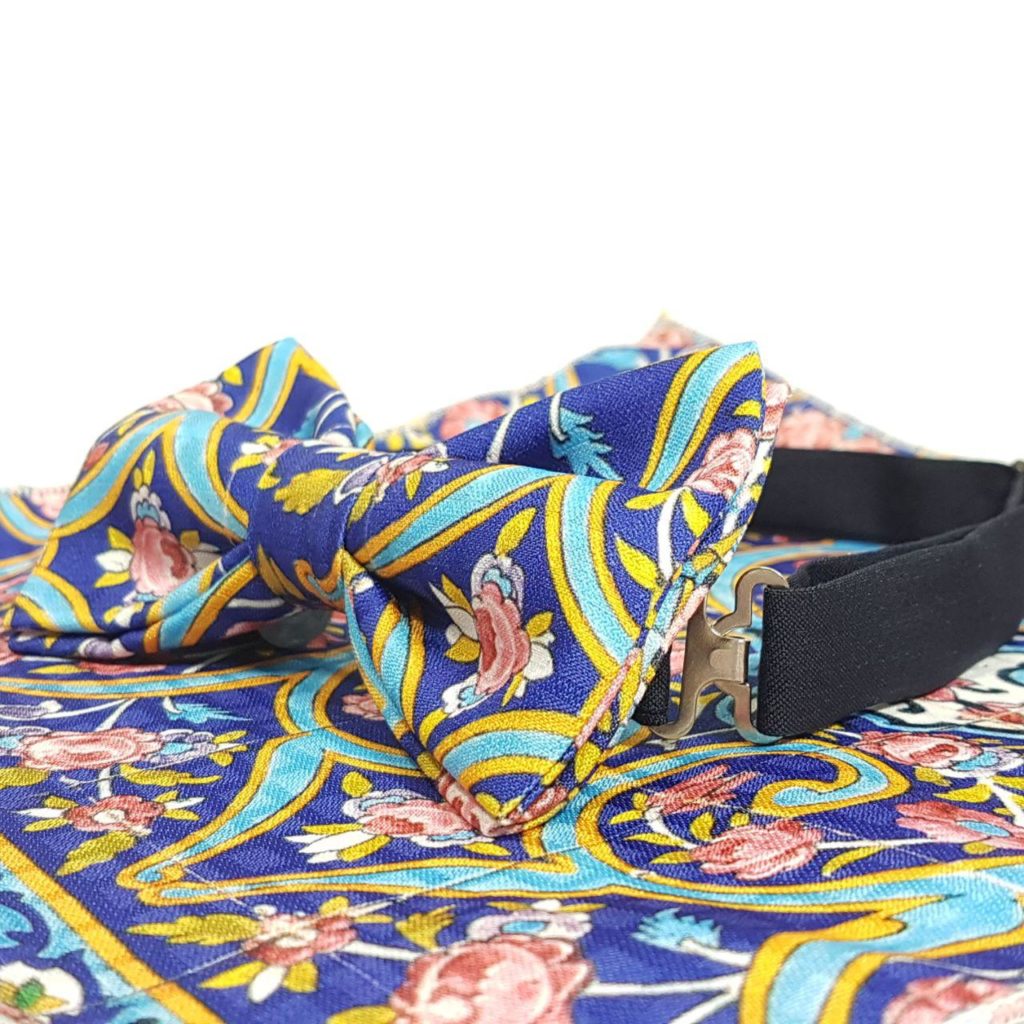
A bow tie is a fabric strip that people tie around their neck and shirt collar in the shape of a Persian butterfly. Designers often use Persian silk, cotton, polyester, or a blend of these fabrics to make Persian bow ties. In the past, bow ties and neckerchiefs were worn along with expensive Persian clothes, that’s why it was established that bow accessories were only reserved for rich people and royal people. But nowadays, the use of Persian bow tie has become more common and all classes can prepare and use it. Some believe that using a bow tie is more luxurious than a tie, but like a cravat, it cannot be used in every place and occasion.
Today, Persian bow ties come in many designs. You can choose one based on your style, usually formal, and match it with your outfit’s color and design. Traditional Iranian patterns make these bow accessories popular and beautiful.
Originally, bow ties came only in black and white. Now, many colorful and stylish designs are available. Still, simple black and white bow ties remain the most popular and commonly used.
All kinds of bow tie models
Bow ties come in two types: traditional and modern. People used the traditional type more in the past. It measures about 14 to 19 inches, and you tie it yourself around your neck and collar. This tying was very difficult and boring for some people; however, some people still use the traditional and classic type of Persian bow tie.
Another type of Persian bow tie is the modern type. In the modern type of bow tie, you don’t need to tie it yourself because this model is ready-made and you just need to wrap it around your neck and tie it behind your neck with the strap that is built into the back. In this model, it is possible to change the bow size. Of course, the modern type of bow tie has different models.
The pre-tied bow tie only needs the strap tied, while the clip-lock model attaches to the collar without tying.
The history of bow ties
Regarding the history of the Persian bow tie, some say that it existed before the creation of the tie, and some believe that it is an evolved form of the tie. Most sources link the history of the bow tie to the Croatian Thirty Years’ War in the 17th century. Soldiers at that time used a cloth band or Persian scarf to tie the collar of their uniform, and this may have been the first time the bow tie was invented.
Later in the 18th and 19th centuries in France, someone from the upper class of society, by combining ties and Persian bow ties, spread new models among the people, until in the 19th century, the bow tie officially entered the world of fashion and men’s clothing. Gradually, the people of other countries also welcomed this new item and used it. With the spread of Persian bow ties around the world, some countries used bow ties to show people’s occupations. For example, lawyers, businessmen, and people who were from the upper class of society or had a high position in big companies, along with their work clothes, also used bow accessories.
How the Bow Tie Shaped Men’s Style Over Time
It’s unclear if the bow tie evolved from the tie or came before it. Both originated from a Persian accessory called the Cravat. Early ties were tied loosely and took time to shape.
The first modern-style bow tie appeared around 1830. By 1860, bow ties became popular and neckties nearly disappeared. In 1863, Abraham Lincoln wore a pointed bow tie, while his predecessor wore a white tie. Persian bow ties, in white or black, were fashionable until the century’s end.
At the beginning of the 20th century, the Persian bow tie became more of a special choice. The three-layer tie was popular, but bow accessories still had a place in men’s fashion in the early 20th century. Around that time, bow ties were usually small, but showed more variety in shapes than today.
By 1910, the bow tie had become universal, but there were still many choices. In the 30s, both smaller and larger bows were worn. In general, these bow ties were not as narrow as the bow accessories of the 50s and 60s. However, in the 60s and early 70s, bow ties became very big. Even ties and shirt collars were enlarged, sometimes even jacket collars.
The Bow Ties Comeback
In the ’90s and early 2000s, most men no longer wore bow accessories, bow ties had become something reserved only for people who made conscious choices in their style and wore bow ties because other men were doing it. Our estimate of the overall bow tie market at that time was around 5-10%. Fortunately, now the bow tie is not as dependent on the trend as it used to be, and it has become more popular and up-to-date than before. Currently, the bow tie market has reached something like 30-40%.
Today, some people even wear Persian bow tie with short-sleeved shirts. You don’t have to wear a coat anymore so you can have a bow tie. Rather, it has become a form of expressing your style.






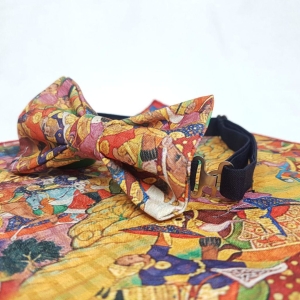
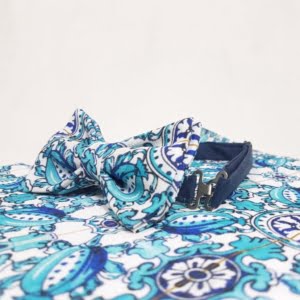
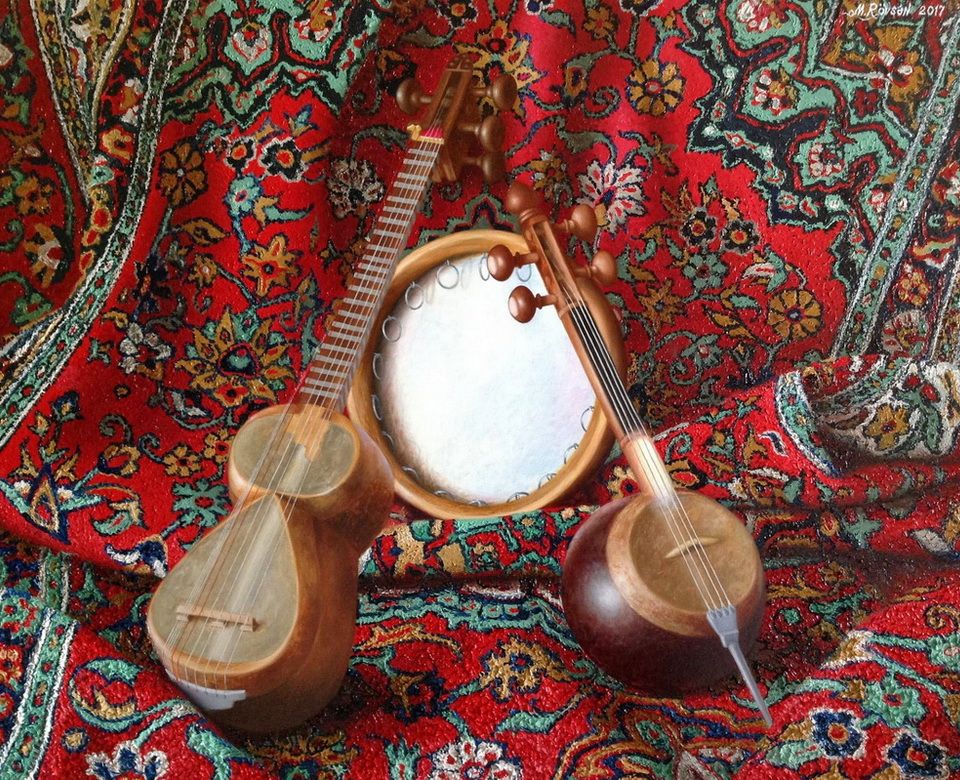
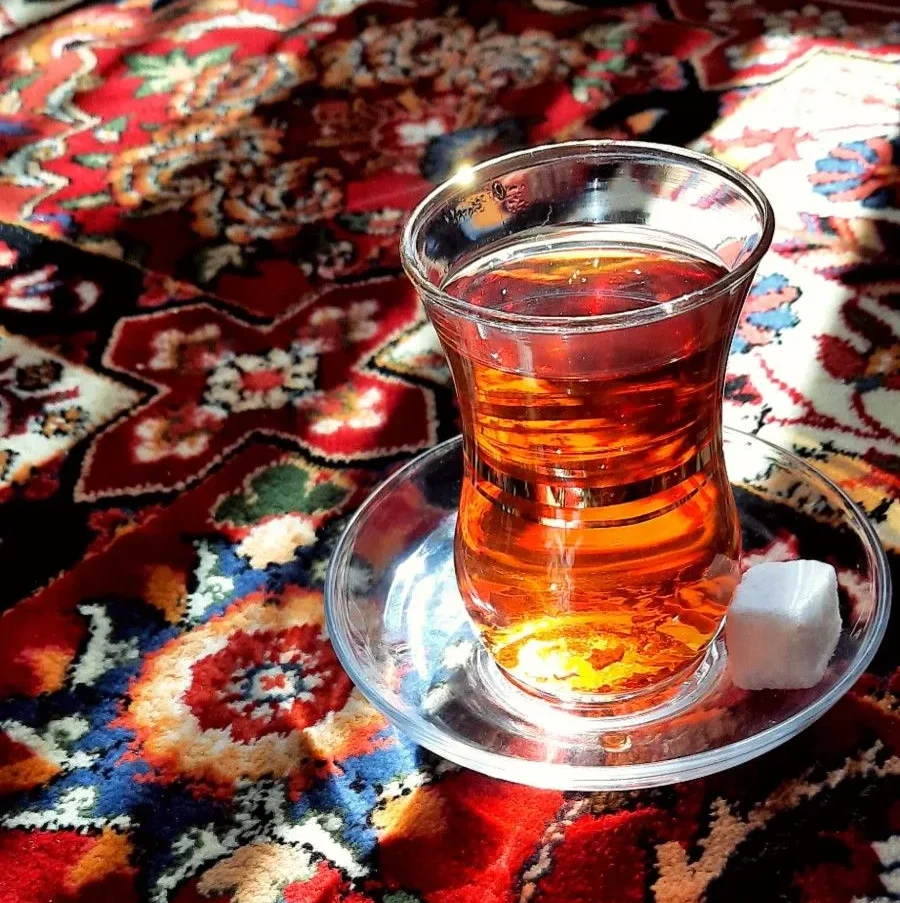
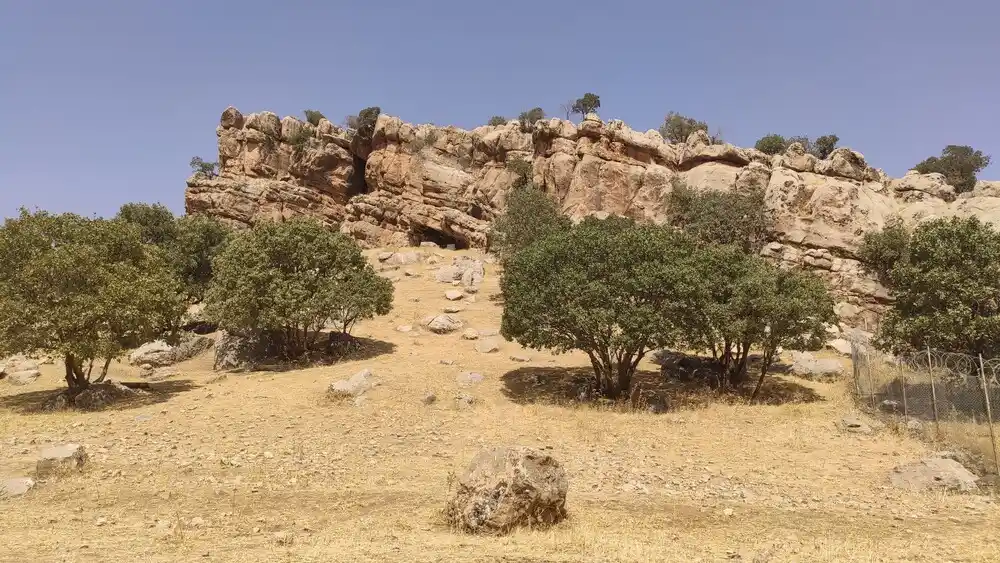
Comments